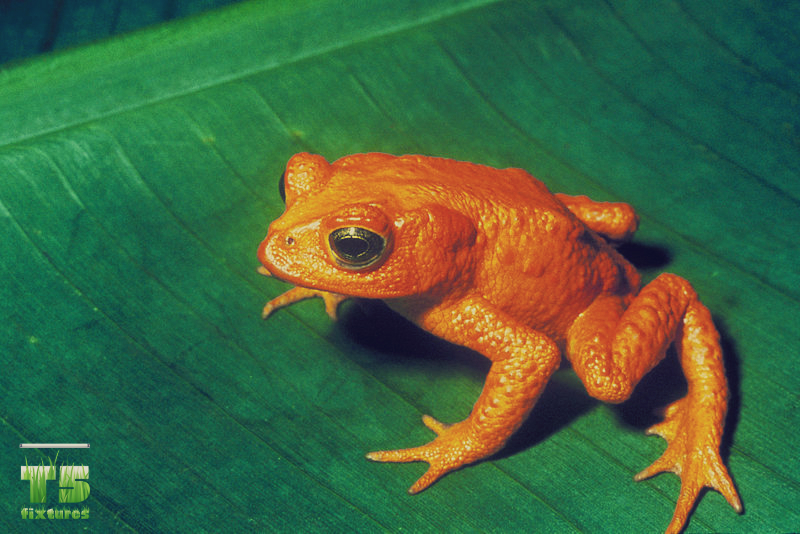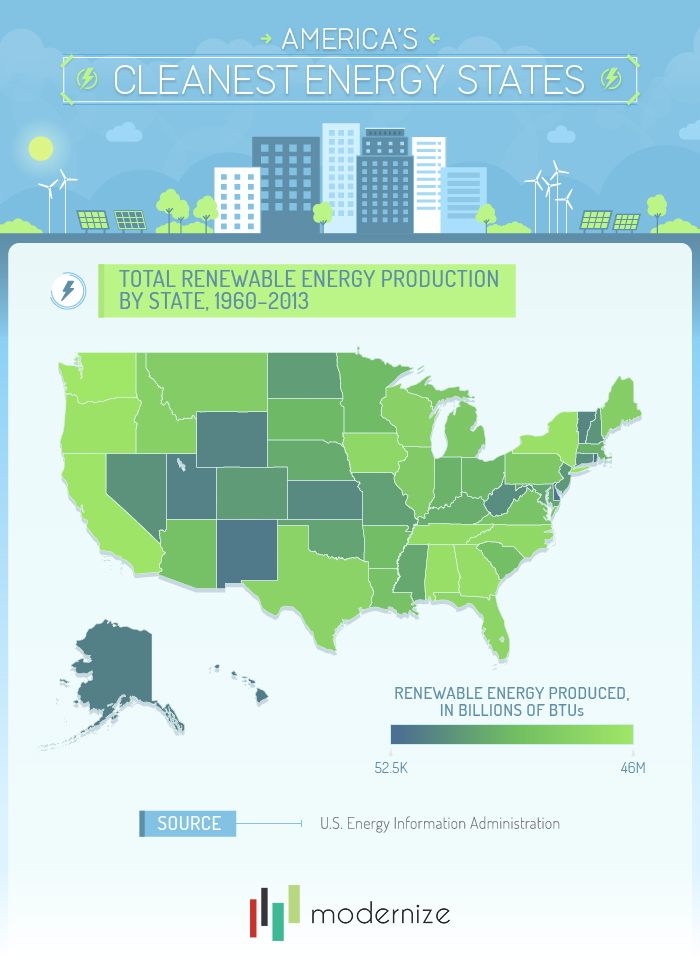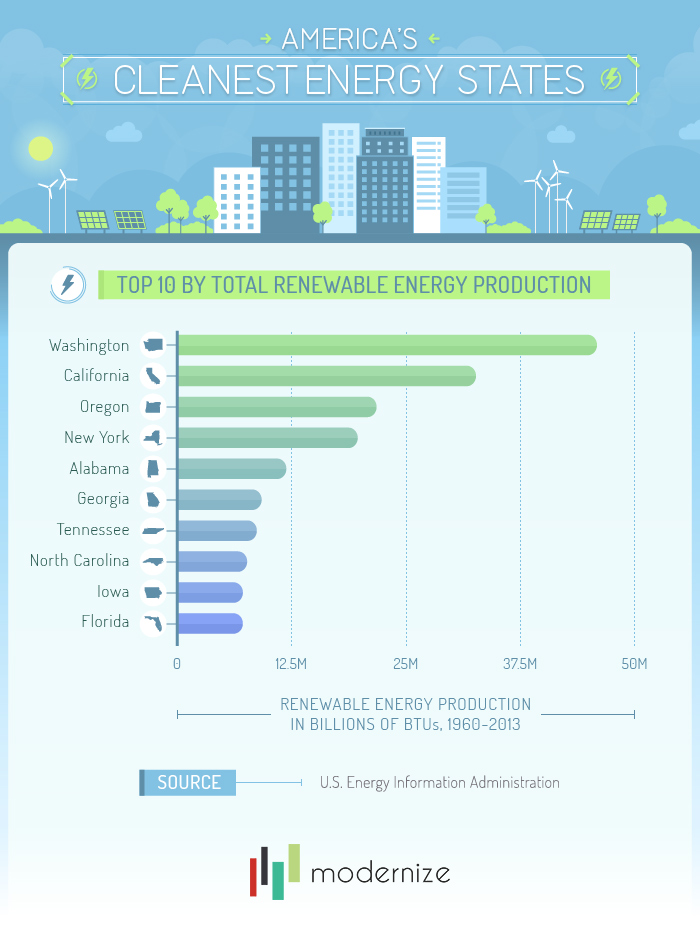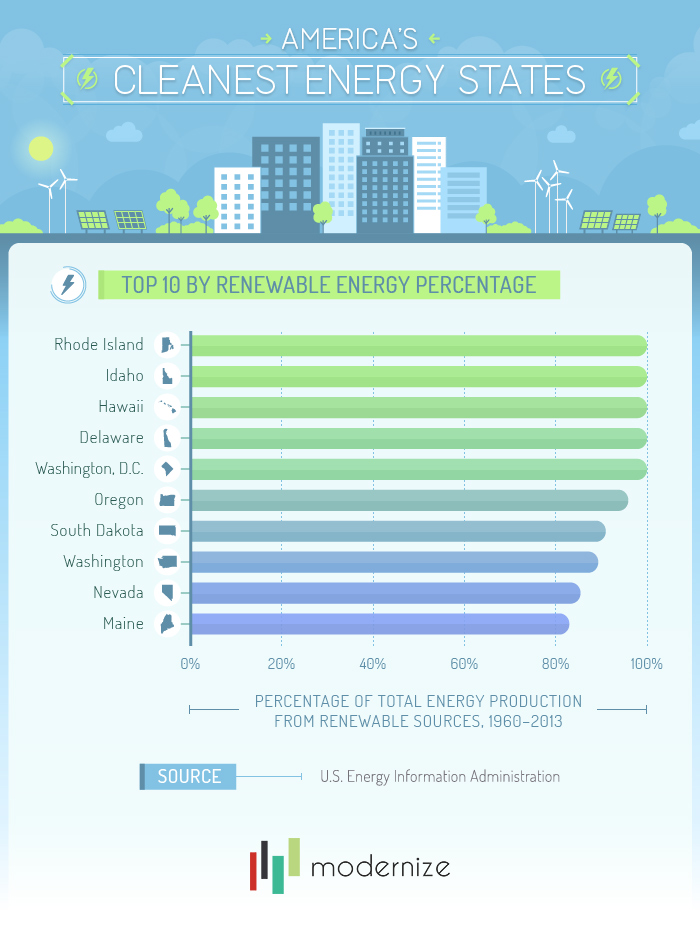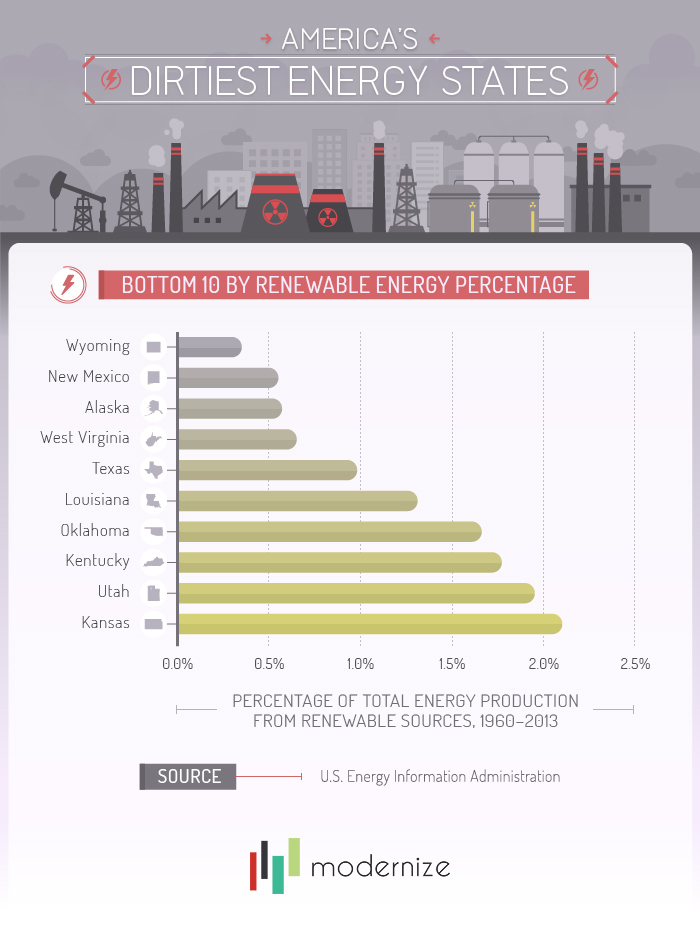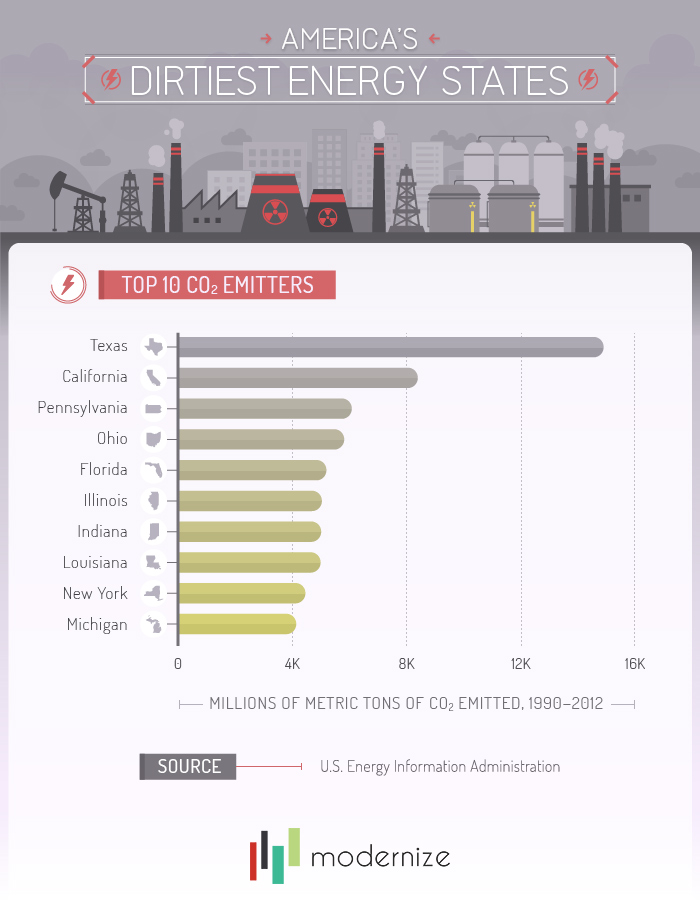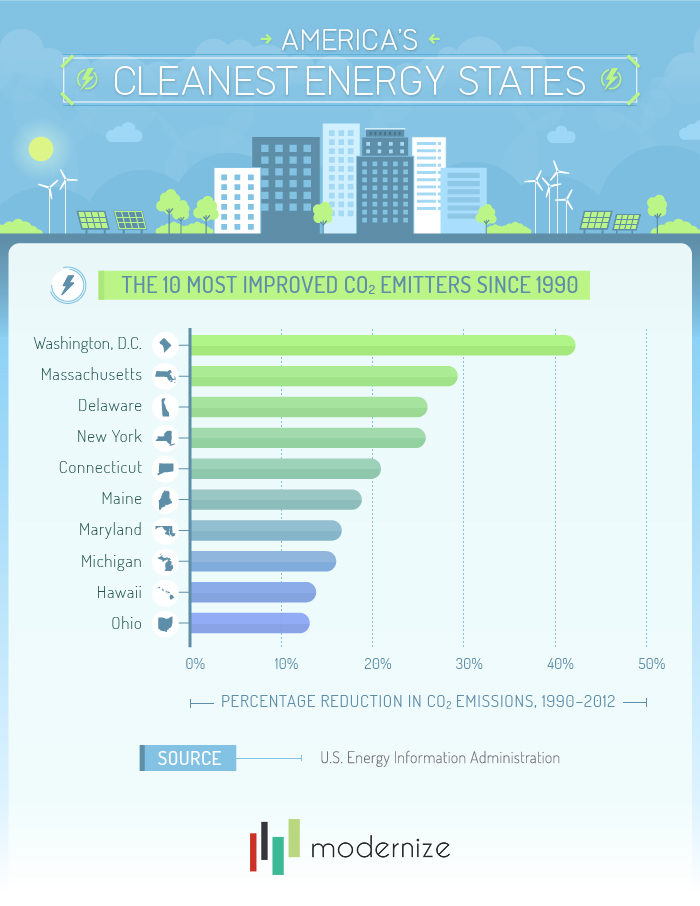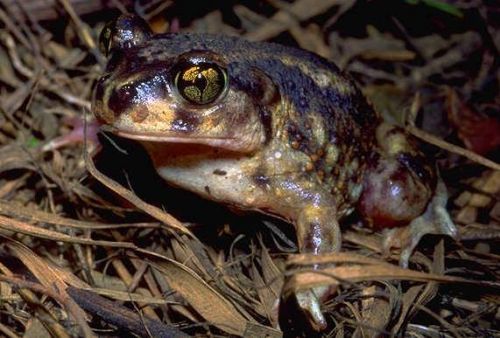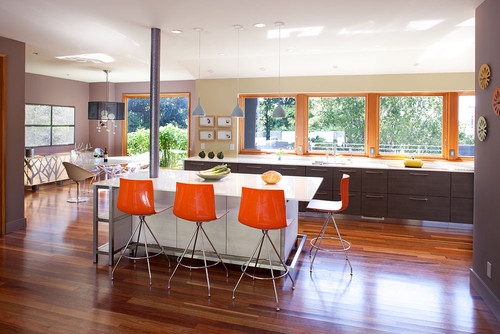Foliage For Indoor Frogs
Frogs are one of the more common classroom pets because they are quite easy to care for and they look very cool. Growing frogs is a great way for science teachers to teach kids about metamorphosis because they can use the frog as example for this process. Frogs at first are tadpoles and then they turn into an adult frog. But there are a few things that you should know if you are thinking about raising a frog in a classroom or in other indoor spaces. One of the most important things being what type of foliage to use for the frogs as that can determine how the frogs feel in their classroom terrarium because plants provide the frogs with cover as well as help with the oxygen production in the vivarium. This foliage will be different based on what type of frog you have – an aquatic, semi-aquatic, terrestrial or arboreal (climbing or tree) frog.
Foliage for aquatic frogs
Because aquatic frogs tend to spend most of their life underwater these frogs will require to live in vivarium where there is a lot of water which means that you will have to have aquatic plants too, because regular land plants won’t be able to survive in the water or in a place where it is very moist and wet. Common plants that grow and feel well in aquatic environments are Anubias species plants, which are very durable aquatic plants; Pothos Plants and Philodendron that are long vine type plants that will nicely cover your aquatic terrariums wall; Cryptocoryne wendtii, which are tall plants with heavy foliage; as well as Anacharis plants that the frogs can use to hide among and other similar plants. But for classroom purposes you can also make a biotope aquatic tank meaning that you place all of the same plants that can be found in the natural habitat of the frog species that you have in your terrarium.
Foliage for semi-aquatic frogs
Semi-aquatic frogs are called that because they spend half of their time in the water and half on land and they need appropriate tanks with 50% of the tank being water but and the rest being land. This also means that in a vivarium for these types of frogs you can combine aquatic plants and also non-aquatic plants. Just keep in mind that these non-aquatic plants too should favor a moist environment and soil so don’t place plants that prefer dry conditions in a semi-aquatic tank. For the water portion of the terrarium you can again use the same aquatic plants that I mentioned previously, but for the land portion of the tank you can use plants like Bromeliads that will adapt to basically any environment, as well as Ferns that are high humidity plants and other plants that can stand humidity and their roots being constantly wet.
Foliage for arboreal (tree) frogs
Then there are so called arboreal or tree frogs that need a lot of climbing space meaning that their vivarium too needs to have taller plants with climbing potential. Great plants for frogs of this type are Philodendrons that grow really fast and in basically any conditions; Wandering Jews that also are quick growing plants; plants called “Golden Pothos” that is adaptable and an easy growing plant; Aglaonema genus plants that can reach up to 3 feet, as well as Marcgravia or Shingle Plant that has fat leaves and tends to climb on other surfaces; and a plant by the name of “Silver Skies” that also grows fast and has big leaves.
Foliage for terrestrial frogs
Lastly, there are quite a lot of frogs that are categorized as terrestrial or land frogs. For these types of frogs you can create a vivarium that is quite similar to one that I described for arboreal plants. However, in the terrestrial frog case they don’t need the height of the plants but rather they need bigger and longer spaces that are heavily clad with foliage because these frogs need places to hide and they are not able to climb the plants like tree frogs can. For terrestrial frog tanks you can use plants like Peperomia and Pilea plants, both are plants with many different species that are all good for terrariums, as well as Orchids because they don’t like wet places and other house plants or land plants.
One thing to keep in mind with terrariums and plants though is the light that they get because for any plant to grow they need light for photosynthesis to happen. The more light plants get the faster they grow, so make sure that in the classroom the frogs are placed in a spot where it gets natural lighting. An alternative of course, which in many cases might be even better than natural light, is to install t5 grow lights or any other similar artificial lights above your terrarium, because with these artificial lights the plants as well as the frogs will get the light and heat they need and you will be able to control the conditions in the terrarium so that they are just perfect for the species of frogs you have.
*** Guest post: My name is Ben Thorton and I am the owner and editor of T5fixtures.com. My passion is all things related to plants and plant growing and I consider myself an expert in this field, which is why I love to share my passion with others to help them be successful in gardening and plant growing too.

